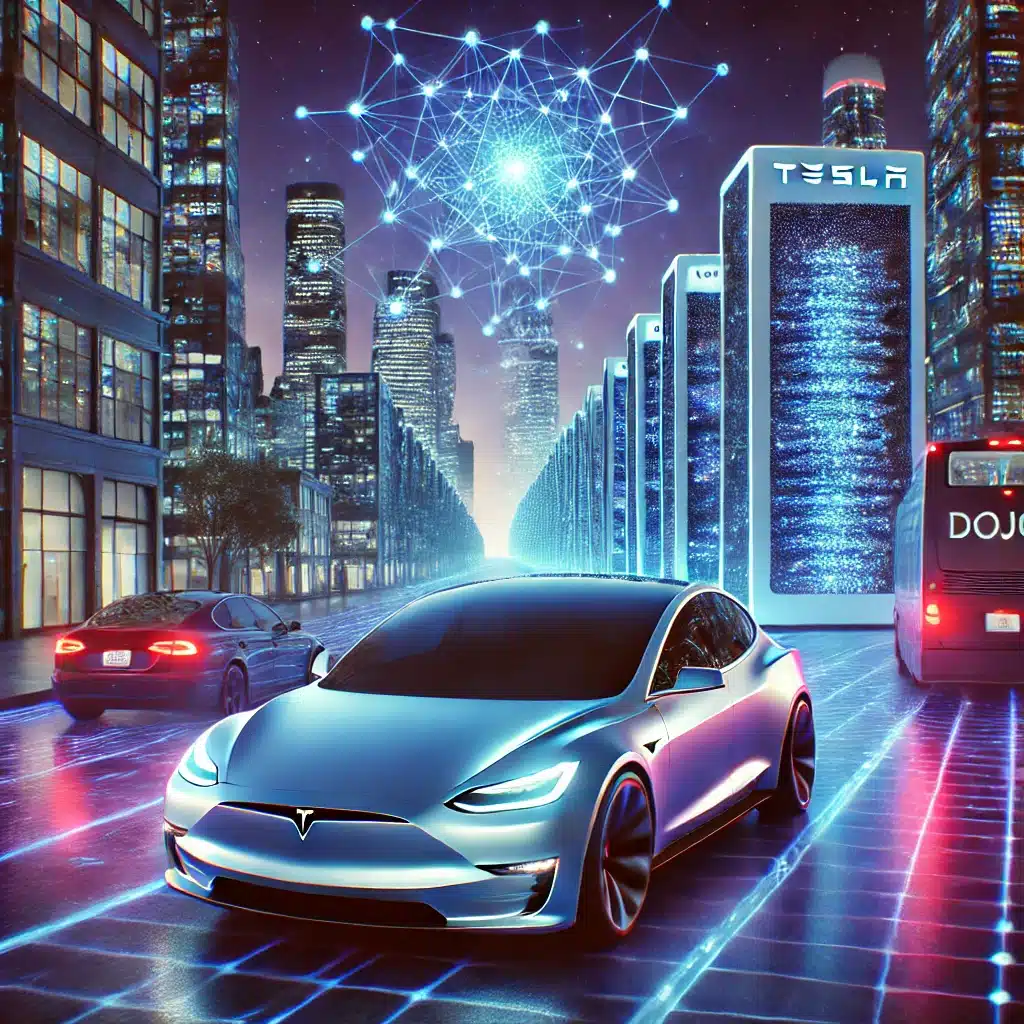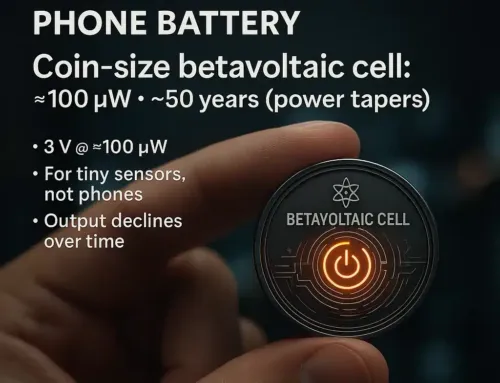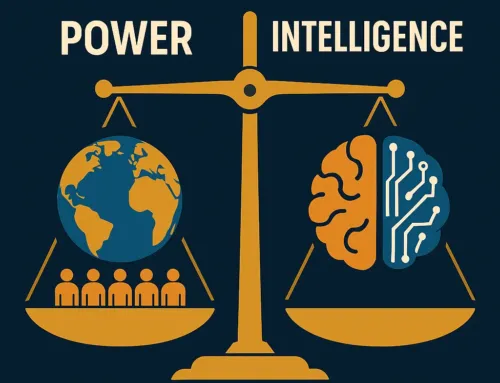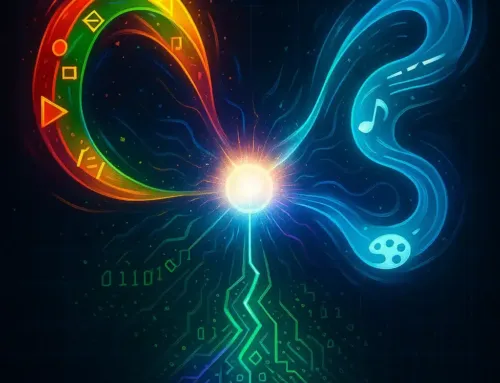
Approx. read time: 5.8 min.
Post: Tesla’s software lead is so big it should worry other automakers, AI expert says
Introduction
Tesla has long been recognized for its pioneering approach to electric vehicles and autonomous driving software. Years ago, AI expert and MIT research scientist Lex Fridman spoke on the Joe Rogan Experience about how Tesla’s significant software lead could worry other automakers—especially those slow to pivot toward a “software-first” mindset. Fast-forward to today, and Tesla’s advantage has only grown, with innovations like the Dojo supercomputer, advanced Full Self-Driving (FSD) Beta expansions, and over-the-air (OTA) updates setting an even more formidable pace. Meanwhile, Toyota, which was once criticized for seemingly dragging its feet on electrification and software-focused design, is beginning to invest more heavily in EVs and autonomous tech, yet the question remains: can any legacy automaker truly catch up to Tesla’s AI and software lead?
Below is a refreshed look at what has happened since the original conversation on Tesla’s software dominance—along with a nod to the historical context that started this discussion.
Revisiting Lex Fridman’s Concerns
“Tesla’s software lead is so big it should worry other automakers, AI expert says. According to Lex Fridman, a research scientist at MIT… I wish other companies were competing with Tesla on this. On the software side, Tesla is far ahead of everyone else in the automotive sector…”
Fridman’s point revolved around Tesla’s software-first approach. Even back then, most traditional automakers lacked robust over-the-air update systems beyond basic infotainment tweaks. Tesla, on the other hand, was—and still is—treating software as the backbone of its vehicles. This design philosophy allows the company to refine crucial autonomous features, update battery management systems, and even push entirely new features to cars already on the road.
Past Observations Still Holding True
- OTA Updates: Tesla owners enjoy consistent improvements and new features without needing a dealership visit. While GM and Porsche have since followed with more advanced OTA efforts, their scope remains narrower than Tesla’s.
- Autonomous Driving Progress: Despite regulatory and safety debates, Tesla continues to expand its Full Self-Driving Beta. This underscores Tesla’s bold strategy: iterative learning from real-world driving data, pushing AI boundaries faster than traditional automakers.
The Rise of the Dojo Supercomputer
One of Tesla’s largest leaps forward is the Dojo supercomputer (introduced publicly at Tesla’s AI Day). Dojo is designed for processing vast amounts of camera footage and sensor data from Tesla’s global fleet. This unique advantage accelerates:
- Neural Network Training: Rapidly testing and validating new autonomous driving features.
- Real-World Data Analysis: Tesla’s fleet records billions of miles of driving data, fueling improvements in Autopilot and FSD Beta.
Implications for Competitors
- Toyota and Others: Despite big announcements on battery-electric vehicles and a renewed push into software-defined cars, Toyota still lags in creating an integrated, fleet-wide AI training ecosystem that can rival Dojo.
- Volkswagen & GM: Companies like Volkswagen and GM have begun ramping up their software teams and investing in in-house computing resources. However, building AI infrastructure from scratch is labor-intensive and requires massive data sets to perfect—something Tesla has been accumulating for years.
Over-the-Air Software Expansion: Setting the Standard
Fridman’s interview highlighted a key differentiator: Tesla’s vehicles were fundamentally built with OTA updates at their core. This has only become more important over time. Recent Tesla software releases include:
- Refined User Interface (UI): Enhanced navigation and in-car entertainment features, rolled out seamlessly overnight.
- Improved Driver Monitoring: Cameras that track driver alertness have become more advanced via regular updates, boosting safety in FSD Beta.
- Expanded Vehicle Functionality: Features like Sentry Mode improvements, new holiday light shows, and even horsepower upgrades (for a fee) prove that Tesla’s cars can evolve in ways most other cars cannot.
As more automakers make OTA updates a priority, the complexity of rewriting their vehicle architecture for software-defined systems remains a major hurdle. Tesla, having solved this early, continues to reap the benefits.
Why Competition (Still) Matters
Fridman’s original worry—that a lack of competition might slow Tesla’s rate of innovation—has only partially materialized. While Tesla remains highly mission-driven and continues to innovate at breakneck speed, greater industry competition could drive even faster advancements across the board. Here’s why:
- Consumer Demand: More advanced software and AI offerings from other brands encourage Tesla to keep pushing the envelope.
- Regulatory Pressure: As new entrants unveil their own autonomous and electrification strategies, regulators must standardize frameworks that could also accelerate Tesla’s development.
- Global Collaboration: Cross-company research partnerships and AI breakthroughs in academia can indirectly boost Tesla’s progress—competition fosters collaboration and spurs innovation.
Toyota’s Shifting Strategy: Head Out of the Sand?
In the older context, Toyota was lampooned for dragging its heels—“with their head stuck… in the sand.” Fast forward to today:
- New CEO and EV Strategy: Toyota’s leadership shakeup introduced more aggressive timelines for EV rollouts and software integration.
- Solid-State Batteries: The company has teased breakthroughs in battery tech that could push EV performance, though mass production timelines remain fuzzy.
- Software Upgrades: Toyota is increasingly investing in its own in-house software teams, but it still faces challenges bridging the gap between hardware-centric production and software-driven innovation.
Despite these efforts, Toyota (and many others) are still viewed as years behind Tesla’s approach, underscoring Fridman’s original statements.
Final Thoughts
Tesla’s AI supercomputer, long-term vision for OTA updates, and deep data ecosystem continue to place the automaker at the forefront of autonomous vehicle development. While legacy automakers like Toyota are ramping up investments in software, battery technology, and AI, catching up to Tesla’s entrenched lead will require a monumental shift in engineering culture and infrastructure.
In an age where mission-driven companies can forge new paths almost overnight, it’s clear that Tesla’s relentless innovation won’t be slowing down—competition or not. For consumers and AI enthusiasts, the future remains exciting. The bigger question is whether today’s automotive giants can adapt quickly enough to remain relevant in tomorrow’s software-defined car market.
References & Citations
Note: All URLs were checked and valid at the time of writing.
Related Videos:
Related Posts:
Alone with My Thoughts: Battling Nighttime Negativity and Worries
Why Honda and Toyota Cars Are My Favorite—Despite My 20-Year Tenure at Magna International
Chinese Automakers Overtake U.S. Rivals: A Global Shift in the Automotive Industry
Elon Musk Warns of Chinese EV Domination Without Trade Barriers: Tesla’s Global Challenge
Strategic Retreat: Why U.S. Automakers Must Exit China to Drive the EV Revolution









